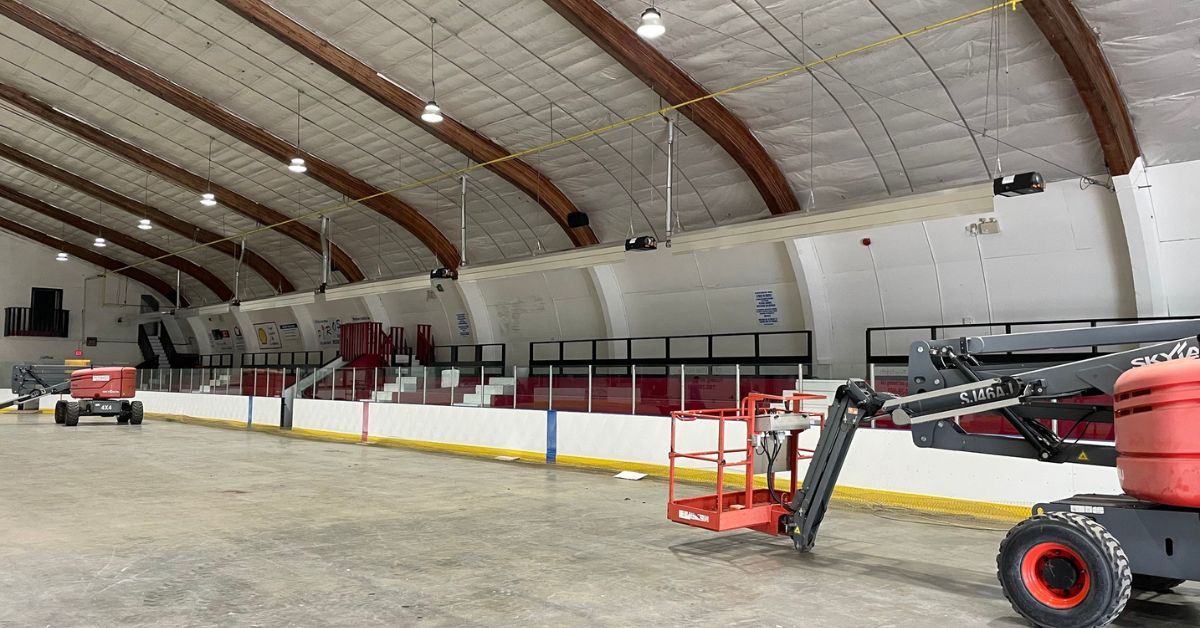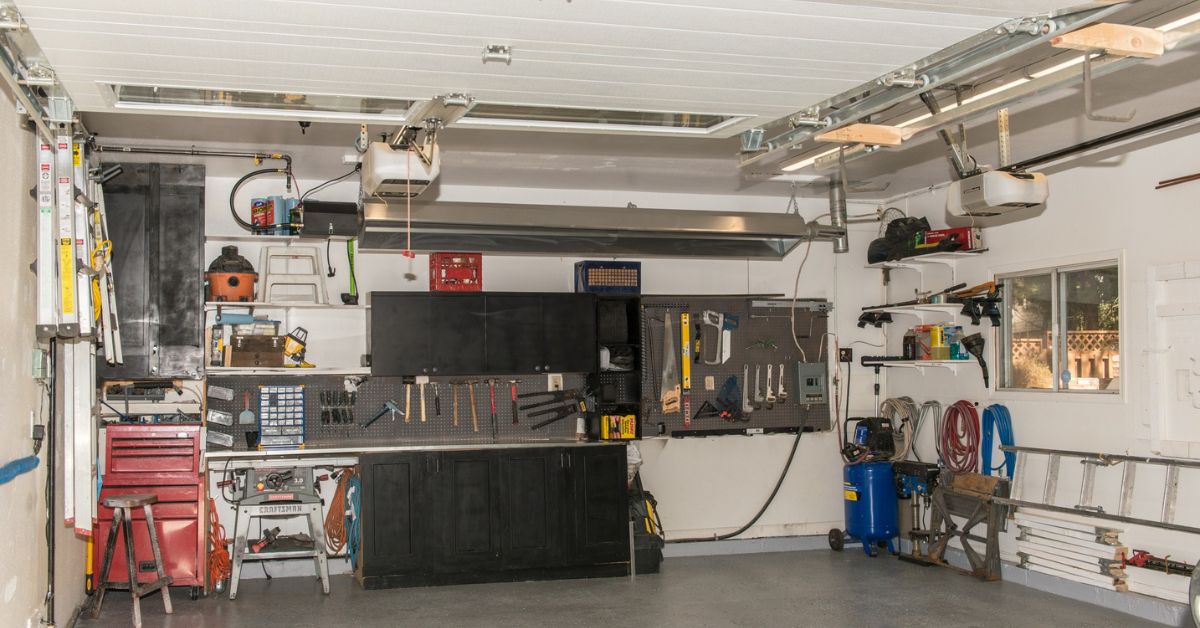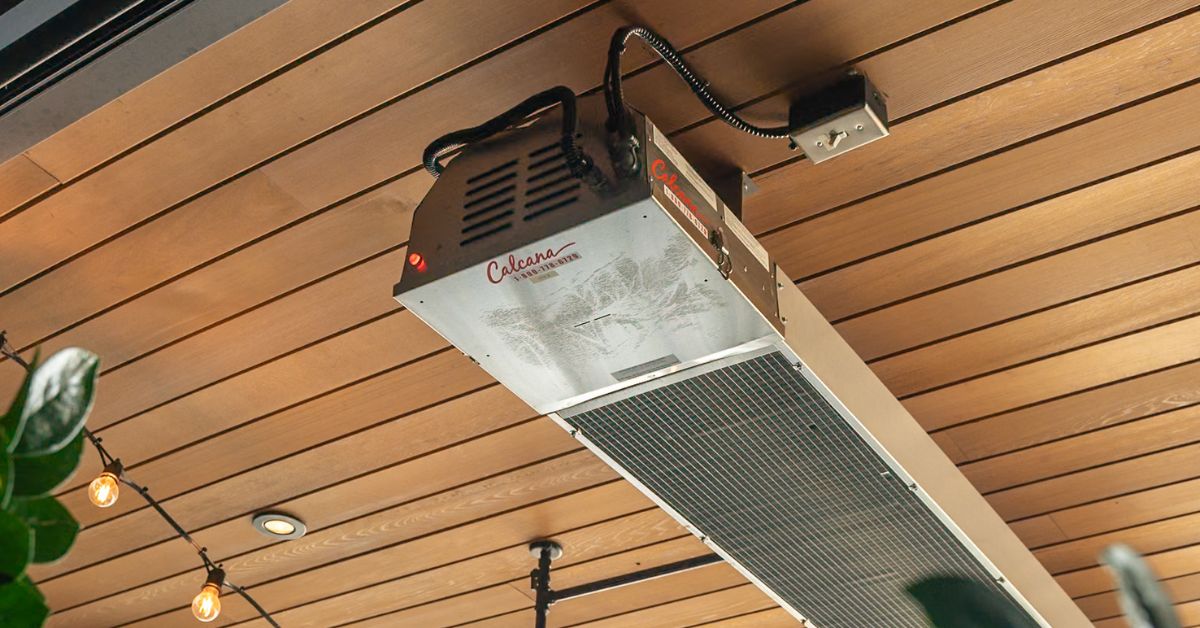Business doesn’t slow down when winter arrives, especially for warehouses and other facilities that manage year-round tasks. Keeping large spaces warm and comfortable can be a challenge, so many business owners implement proper heating solutions for on-site locations that improve efficiency and safety. Learn how to optimize heating in high-ceiling facilities by installing infrared heaters from Calcana USA and reorganizing your business layout to meet your long-term goals.
Understanding the Challenges of High-Ceiling Facilities
High-ceiling facilities offer numerous advantages for industrial operations. They accommodate large equipment, provide better ventilation, and maximize vertical storage space.
These benefits make high-ceiling facilities ideal for warehousing, manufacturing, and other large-scale operations. However, these facilities also come with unique heating challenges that owners need to address to create an efficient environment.
Heat Loss and Uneven Distribution
One of the biggest difficulties in spaces with high ceilings is heat rising and accumulating near the roof. Conventional heating systems often struggle to push warm air down, which means your staff and equipment on the ground floor will feel colder in the winter.
This uneven heat distribution can lead to both discomfort and inefficiency. Finding solutions for directing heat where it’s needed most minimizes this waste.
Energy Consumption Concerns
Large, open spaces naturally require more energy to heat, and traditional heating systems tend to overcompensate by continuously running. This inefficiency impacts the operation’s environmental footprint and raises the cost of energy consumption. For facilities working within tight budgets or sustainability regulations, addressing excessive energy use will protect your company’s financial and environmental goals.
Employee Comfort and Safety
Cold, uneven temperatures in industrial spaces can also create hazardous working conditions. Employees working in chilly environments are more likely to experience discomfort, impacting morale and productivity.
Additionally, some tasks could become unsafe, especially if staff are handling machinery with cold hands or working on icy surfaces. Recognizing these challenges establishes a reliable and efficient heating strategy.

Benefits of Infrared Heaters for High-Ceiling Spaces
Infrared heaters from Calcana USA address the heating challenges high-ceiling facilities face in cold climates. Their targeted and efficient approach to heating makes them a practical solution for maintaining comfort, reducing energy consumption, and optimizing workplace operations.
Infrared Heaters Deliver Targeted Warmth
Unlike traditional systems that rely on circulating warm air throughout a space, infrared heaters work by directly transferring heat to objects, equipment, and individuals within their range. This gives key work zones, such as production lines or employee break areas, consistent warmth without wasting energy in the process.
Save Energy and Lower Costs
Infrared heating systems operate with remarkable energy efficiency because they target specific areas instead of trying to heat the entire volume of the facility. With this method, these systems prevent the overuse of energy and reduce utility bills. Infrared heaters offer a tangible way to achieve financial goals without compromising performance.
Adaptable Heating for Various Needs
The flexibility of infrared heaters allows them to meet the diverse requirements of industrial facilities. Whether it’s providing warmth to a high-traffic loading dock, maintaining stable temperatures for equipment storage, or creating a more comfortable working environment, these heaters can adapt to various tasks.
Strategic Layout Adjustments for Better Heating
Aside from installing infrared heaters, strategic adjustments to your space can help distribute heat effectively, reduce energy loss, and create a more comfortable environment for employees. By aligning your facility’s layout with your heating system, you can create an efficient and comfortable space during even the harshest winter months.
Position Heaters Near Entry Points
High-traffic areas like loading docks and entry doors let in cold air, creating drafts that disrupt indoor temperatures. As a solution, placing infrared heaters near these entry points can counteract heat loss and maintain a stable temperature. For example, positioning heaters above doorways or next to roll-up doors will provide immediate warmth when these areas open in busy, high-use zones.
Use Barriers To Minimize Heat Loss
Physical barriers, such as strip curtains or air curtains, can contain heat in specific areas of your facility, so use these barriers alongside infrared heaters and prevent warmth from escaping. Installing strip curtains around frequently accessed walk-in freezers can maintain a consistent temperature in adjacent areas. This method reduces heat loss and aids in lowering the overall energy demand on your heating system.
Organize Workstations in Warmer Zones
Another way to optimize your heating in high-ceiling facilities involves arranging high-traffic workstations or employee gathering spots within zones that maintain the most heat. Infrared heaters are ideal for warming targeted areas, so placing workstations directly within the line of infrared heat will make these zones more comfortable and productive. Avoid setting up workstations near drafty areas or exterior walls, as these can naturally feel colder despite heating efforts.

Energy-Saving Practices for High-Ceiling Facilities
Maintaining warmth in high-ceiling facilities can be energy-intensive but adopting energy-saving practices benefits business operations. These practices improve the performance of your heating system and align with your sustainability initiatives.
Schedule Regular Maintenance
Heating systems, especially those in industrial environments, require consistent upkeep to run efficiently. Dust buildup, worn components, or clogged pathways force heaters to work harder, which slowly deteriorates the system over time. Regularly inspect and service your infrared heaters so that they operate at peak performance.
Simple steps like cleaning reflectors and checking for wear prolong the lifespan of your system and maintain its efficiency. Establishing a maintenance schedule also reduces the risk of unexpected failures during the peak winter months.
Seal Gaps and Cracks
Gaps around doors, windows, or walls allow warm air to escape and cold air to enter. Inspect your facility for potential openings and seal them with weatherstripping, caulk, or insulation materials. Addressing these gaps prevents heat loss and reduces the workload on your heating system.
Investing in an industrial infrared heater will protect your equipment and staff as they navigate your facilities during the harsh winter. If you’re ready to install high-quality heating units for your business, partner with our team at Calcana USA! With help from our specialists, you’ll find the perfect, easy-to-install heating solution for year-round support.




Leave a comment
This site is protected by hCaptcha and the hCaptcha Privacy Policy and Terms of Service apply.